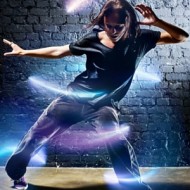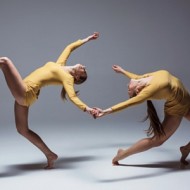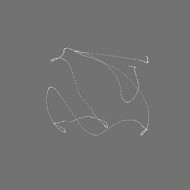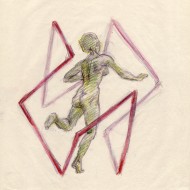
In his masterwork, Choreutics, Laban notes that “oscillations are the means of expression in the two arts, music and dance.” We found evidence supporting Laban’s observation in the Prototypes project.
Of course, Laban has constructed his prototypic sequences as oscillations, shifting between opposite directions in space. The simplest pattern, the Dimensional Scale, oscillates between the cardinal directions. So the dancer reaches up, then down; opens the arm sideward, then reaches across the body; finally extends backward, then forward.
For Laban, however, there is more than one way to move up or down, or forward or backward. … Read More








